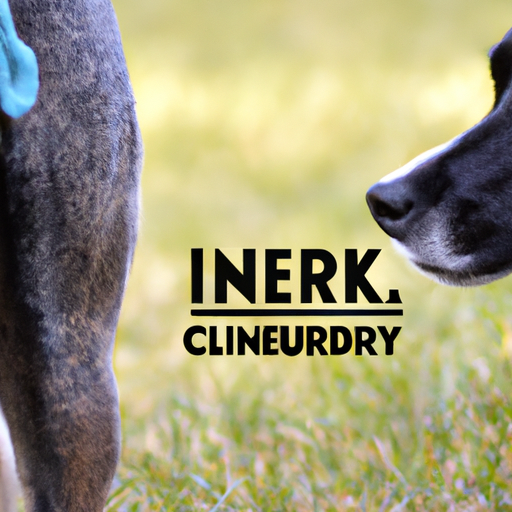Introduction
You’ve seen it happen countless times – at the park, during your daily walks, or when introducing your dog to a new canine friend. Dogs, in their own peculiar way, make a beeline for each other’s private areas. This act, while seemingly rude and invasive through our human lens, is a completely normal and vital part of dog communication. It’s a social handshake, a canine “Hello”. But what exactly are they gaining from this sniffing ritual?
Understanding Canine Behavior
Dogs are creatures of scent. Their world revolves not around visuals, as ours does, but around smells. They have up to 300 million olfactory receptors in their noses, compared to our measly six million. This allows them to acquire a vast amount of information from their environment through scent alone.
- Identity: Dogs can determine another dog’s gender, diet, health status, and even emotional state through scent.
- Social Hierarchy: Sniffing can help establish and acknowledge the social order between dogs.
- Mating: It’s also a way to check for mating readiness in female dogs.
The Science Behind the Sniff
At the heart of this sniffing behavior is a special organ not found in humans – the vomeronasal organ (or Jacobson’s organ). Located in the roof of their mouth, this organ allows dogs to detect pheromones, the chemical signals that animals use to communicate. These pheromones convey a wealth of biographical information about the other dog, from their sex and reproductive status, to their diet and health.
The Role of Caregivers
As a caregiver, it’s crucial to understand and respect your dog’s sniffing needs. While it may seem embarrassing or awkward, it’s a normal part of canine communication. Here are some tips to help you navigate this:
- Allow sniffing during walks: Walks are not just about exercise, they’re also about exploring their environment. Let your dog take their time to sniff around.
- Don’t punish sniffing: It might seem like bad manners, but it’s a vital part of their social interactions. Instead, guide them gently if they’re being too intrusive.
- Promote socialization: Regularly expose your dog to other dogs to help them develop good social skills.
FAQ
Q: Is all sniffing behavior normal?
A: Mostly, yes. But excessive sniffing could be a sign of anxiety or a medical issue. If you’re concerned, consult your vet.
Q: Can I train my dog to stop sniffing other dogs?
A: While you can train your dog to be more polite, completely stopping them from sniffing is not advisable. It’s a fundamental part of their communication.
Q: What can I do if my dog is uncomfortable being sniffed?
A: If your dog is uncomfortable with being sniffed, try to divert the other dog’s attention with a toy or treat. If your dog repeatedly shows discomfort, professional training or behavioral consultation might be beneficial.
Remember, understanding your dog’s behavior is the first step to providing them with a happy, fulfilling life. So the next time your dog starts to sniff, let them – they’re just saying hello in their own special way.



